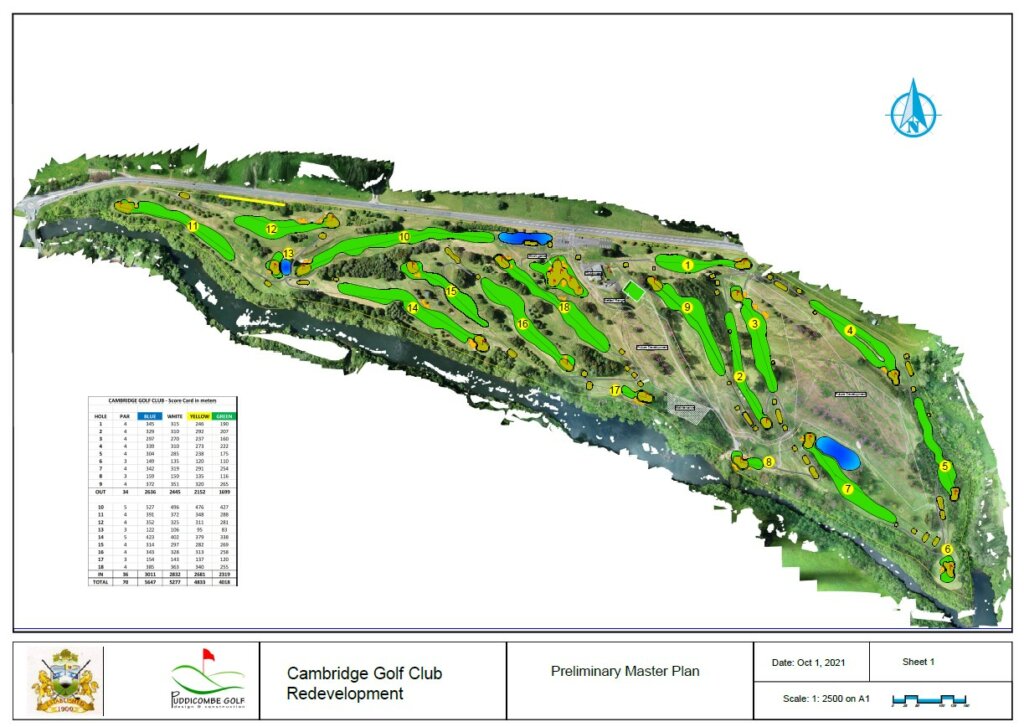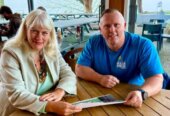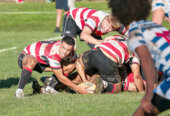Waikato’s oldest golf club wants to free up part of its land so developers can create new housing and the club can undertake much-needed course improvements including fairway watering.
Members at Cambridge Golf Club, founded in 1900, recently voted in favour of more investigations and allowing the club executive to begin talks with property developers.
 Due to Covid restrictions, the club meetings had to be held online. A total of 86 per cent of members who voted were in favour.
Due to Covid restrictions, the club meetings had to be held online. A total of 86 per cent of members who voted were in favour.
President Dave Donnelly said the focus was now on the club’s long-term financial security so it would remain an affordable community asset.
The development would be the most significant at the club in nearly 25 years. The last was when the club leased about 5ha from Waipā District Council, created three new holes to the east of the Fergusson (Low Level) Bridge, adapted others and formed a driving range.
Neil Gibb, development committee chair, said the club’s membership now stood at 700 and its financials were solid.
But the course, with its sand and pumice base, dries up during the summer and has often been compared to the Sahara Desert. The base gives it an advantage in winter though with very little surface flooding.
The course is tired in parts and in need of work.
Many of the holes are the result of the Taupō volcanic eruption in 180AD when the large outflow of volcanic debris blocked the Waikato River’s old channel to the Firth of Thames at Lake Karāpiro and changed the river’s direction.
The club’s par-four fourth hole is the old river valley. Marketing for the course concentrates on how nature created one of the region’s most interesting courses.
Approximately six hectares of land within the course grounds have been identified for potential residential development. The work will involve the addition of two lakes, the creation of two new holes and modification to four others.
Golf clubs across New Zealand have faced considerable cost pressures in running their courses.
“While Cambridge Club shares those challenges it has a bright future given population growth and security of water to meet future needs,” said Donnelly.
Developers would provide advice on the financial model and the type of houses which would work in a golf club setting.
“Golf clubs aren’t property developers,” said Gibb. “Property developers will know they have an agreed footprint of land to work with.
The aim is to have solid proposals for members to consider later in the year at which point the membership vote will determine whether to proceed with the development.

All go for development: Cambridge Golf Club development committee chair Neil Gibb on the present driving range which becomes housing under the new plan.









